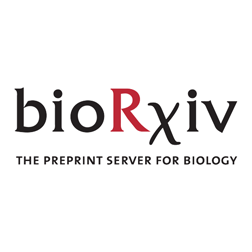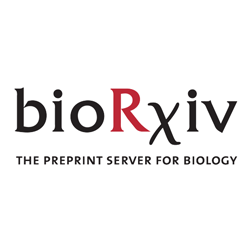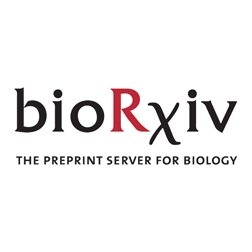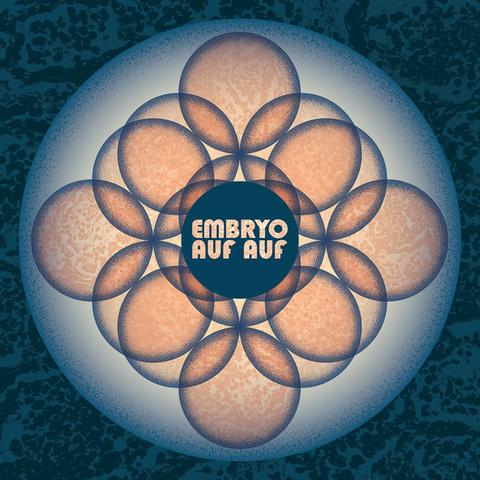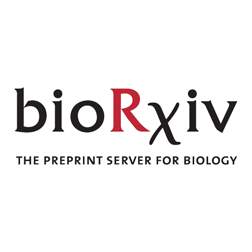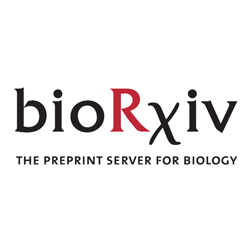https://arxiv.org/abs/2505.11212
#DrosophilaMelanogaster
#Physics.Bio-Ph #Drosophila #Q-Bio.Mn #Embryo

Near-critical gene expression in embryonic boundary precision
Embryonic development relies on the formation of sharp, precise gene expression boundaries. In the fruit fly Drosophila melanogaster, boundary formation has been proposed to occur at a dynamical critical point. Yet, in the paradigmatic case of the hunchback (hb) gene, evidence suggests that boundary formation occurs in a bistable regime, not at the dynamical critical point. We develop a minimal model for hb expression and identify a single parameter that tunes the system from its monostable regime to its bistable regime, crossing the critical point in between. We find that boundary precision is maximized when the system is weakly bistable--near, but not at, the critical point--optimally negotiating the tradeoff between two key effects of bistability: sharpening the boundary and amplifying its noise. Incorporating the diffusion of Hb proteins into our model, we show that boundary precision is maximized simultaneously at an optimal degree of bistability and an optimal diffusion strength. Our work elucidates design principles of precise boundary formation and has general implications for pattern formation in multicellular systems.

